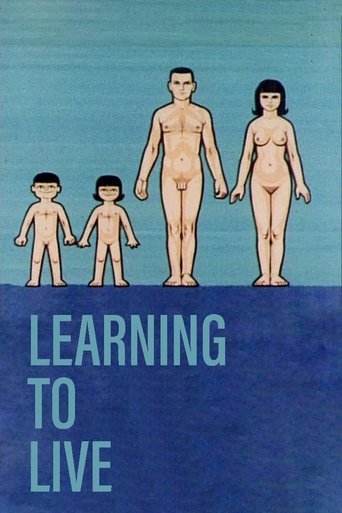
08 Nov 1964

Learning to Live
A basic sex education film designed for young engaged couples.
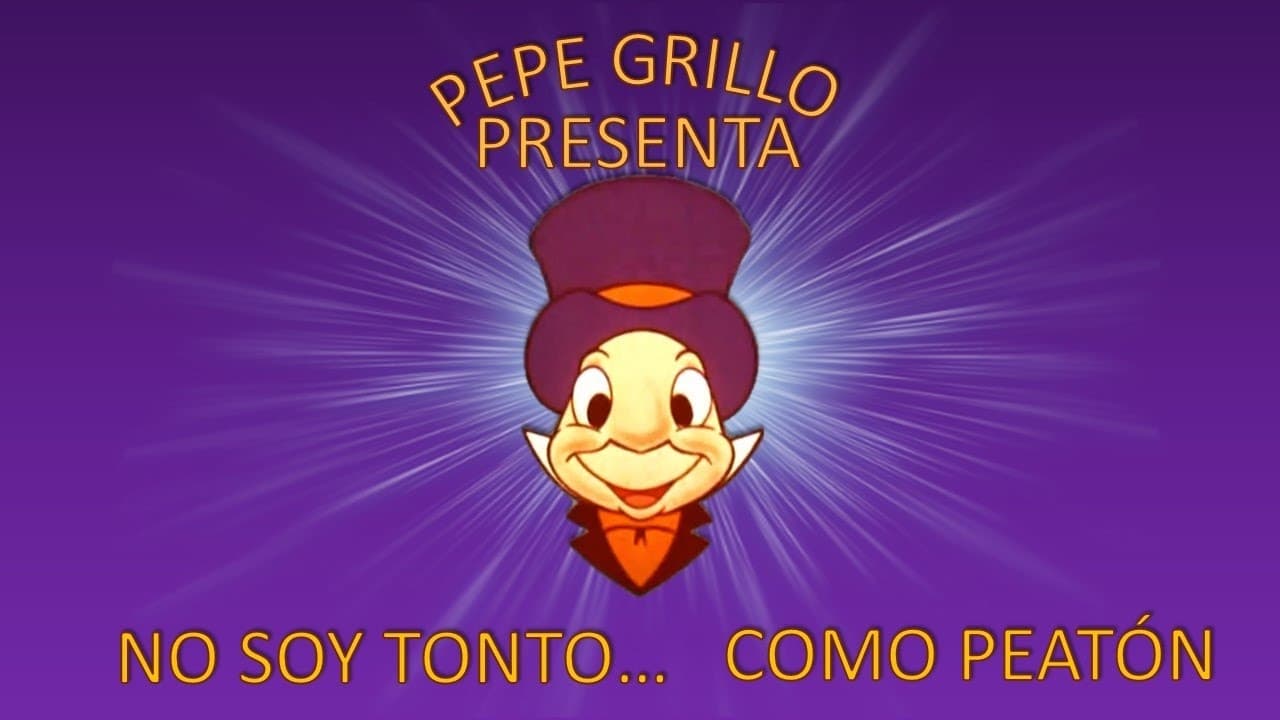
Jiminy Cricket narrates the history and practice of pedestrian traffic safety.
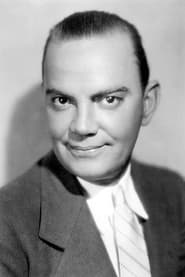
Jiminy Cricket (voice)

08 Nov 1964

A basic sex education film designed for young engaged couples.
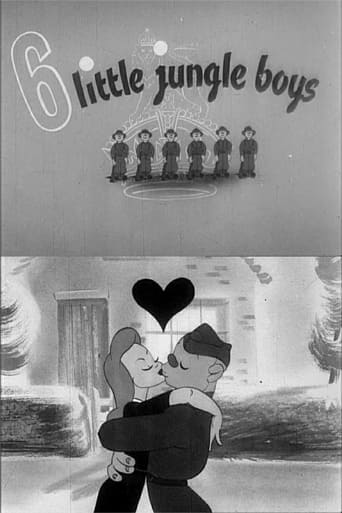
15 Nov 1945

A short animated War Office commissioned health education film, showing the fate of each of the 6 jungle soldiers.
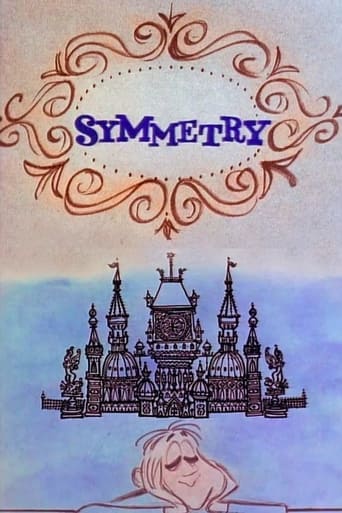
22 Mar 1961

Symmetry is one of five shorts featured in the film "Mathematical Peep Shows." The collection was made by Charles and Ray Eames for the IBM Mathematica Exhibit which opened in 1961. The degree to which an object is symmetrical is illustrated by the number of different positions in which it can fit into a box of its shape.
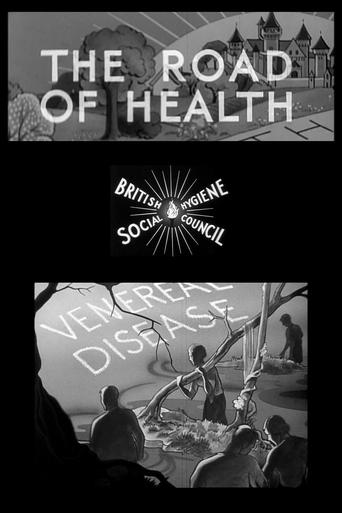
13 Nov 1938

The lecturer shows a microcinematographic sequence of spirochaetes and drawings of the gonoccus (the bacteria responsible for syphilis and gonorrhea). He then turns to an easel and begins to draw 'the road of health'; the cartoon takes this up in magic drawing, in a style that is highly reminiscent of the 'Giro the Germ' series made for the Health and Cleanliness Council a few years before.
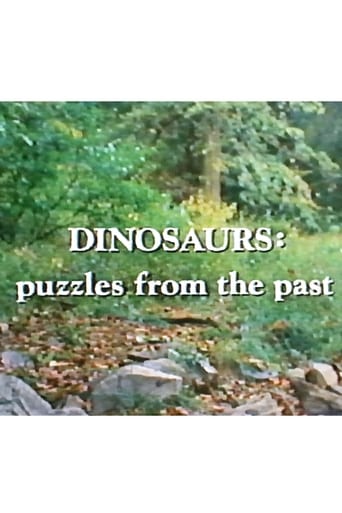
01 Jan 1981

Join two youngsters and their teacher as they discover clues to Dinosaurs: Puzzles from the Past. Putting dinosaurs in perspective is their first task. They follow a time line back from the Age of Man to the era of dinosaurs. Animation introduces a variety of dinosaurs and their environment. Students see fossilized dinosaur bones uncovered by excavators at Dinosaur Provincial Park in Alberta, Canada. They also visit a paleontologist in his lab and see a comparison of bones from two different dinosaurs. At a museum in Ottawa the two youngsters see a full-scale reconstructed tyrannosaur skeleton and identify it as a meat-eater by its feet and teeth.
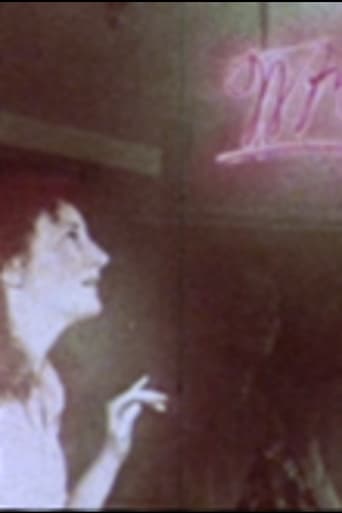
15 Aug 1983

A young woman leaves the comfort of her small rural community to pursue opportunities in a big Canadian city. She encounters obstacles that almost force her to return home, but she eventually picks up the skills to adjust to the city.
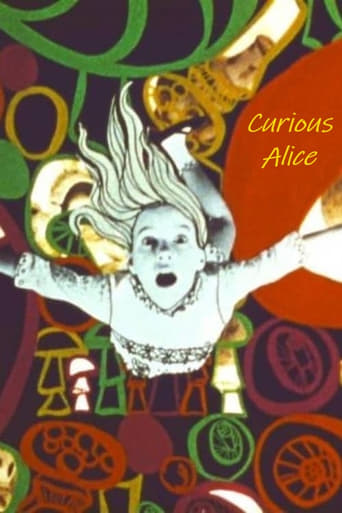
05 Nov 1971

The story “Alice in Wonderland” is used as a metaphor about the dangers of accidental drug use among children. Curious Alice's trip to Wonderland is not through the rabbit hole, but rather through her home, where the medicine and kitchen cabinets hold substances of lure but danger. After ingesting one of these substances, Alice, now in the Wonderland of her mind, has an altered sense of reality. In her new psychedelic world, she is exposed to more and more drugs, which she may take based on her impaired judgment from the initial drug use.

01 Dec 1955

Jiminy Cricket explains the basics of fire safety.
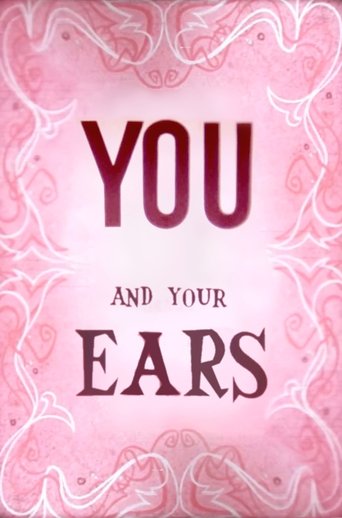
03 Oct 1957

Jiminy Cricket explains how the ear works, both for hearing and balance.

07 Nov 1956

Jiminy Cricket teaches children about the eyes.
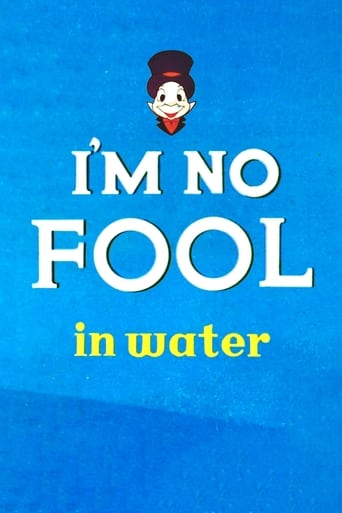
15 Nov 1956

Jiminy Cricket teaches water safety.

05 Dec 1956

Jiminy Cricket explains the interconnected senses of smell and taste.

01 Jan 1955

Jiminy Cricket explains the sense of touch, its four components (heat, cold, pain, pressure), and its unique dispersed nature.

15 Dec 1955

Jiminy Cricket explains the five senses, contrasting man and other animals.
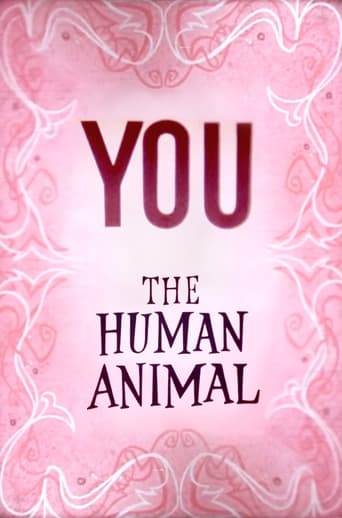
20 Oct 1955

Jiminy Cricket explains how man resembles and differs from other animals, particularly the use of language, the use of reason, and opposable thumbs.

18 Apr 1957

Jiminy Cricket explains how every living thing has its proper kind of food, and how it is used, plus the basics of nutrition.
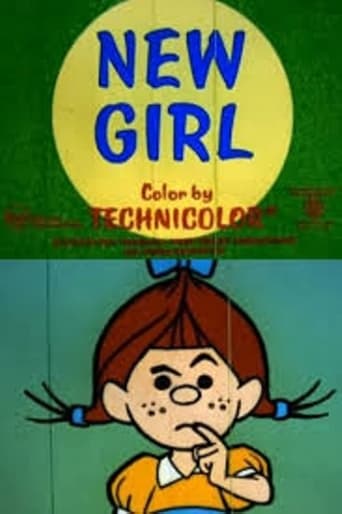
01 Jan 1970

One of the educational short films in the "What Should I Do?"-series made by Walt Disney Productions.
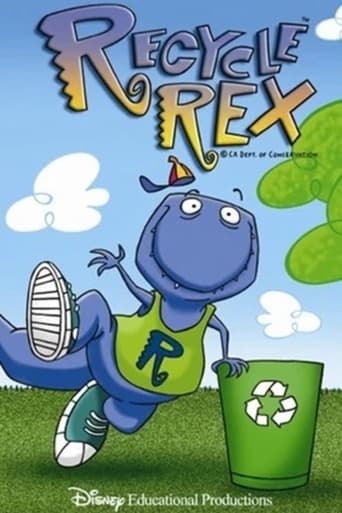
05 Mar 1993

A group of '90s-looking anthropomorphic dinosaur kids must come up with a way to get rid of their trash without just throwing it away or their favorite playfield will be turned into a landfill. One of them, Recycle Rex, has an idea.
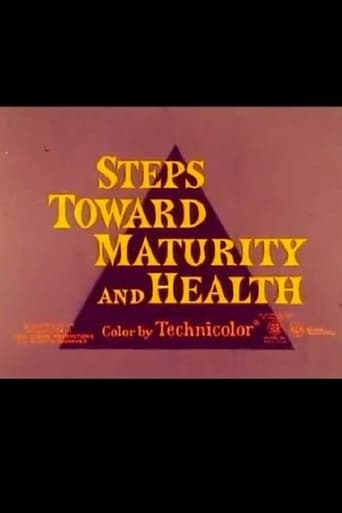
31 May 1968

There is a focus on the need for physical, mental and social health to be fully developed in order for humans to function properly within society. The film is aimed at an adolescent audience who are independently confronting developments in these aspects of their well-being for the first time.
31 Jul 1969
Exercise, rest and proper diet are essential for physical fitness. Diagrams show the structure and function of muscles and the importance of exercise to tone muscles, nerves and organs. With rest, muscles are cleansed of wastes and refueled. Food, our only energy source, provides fuel for the body mechanism. If the physical side of the Health Triangle is weak, the other two sides can be adversely affected.